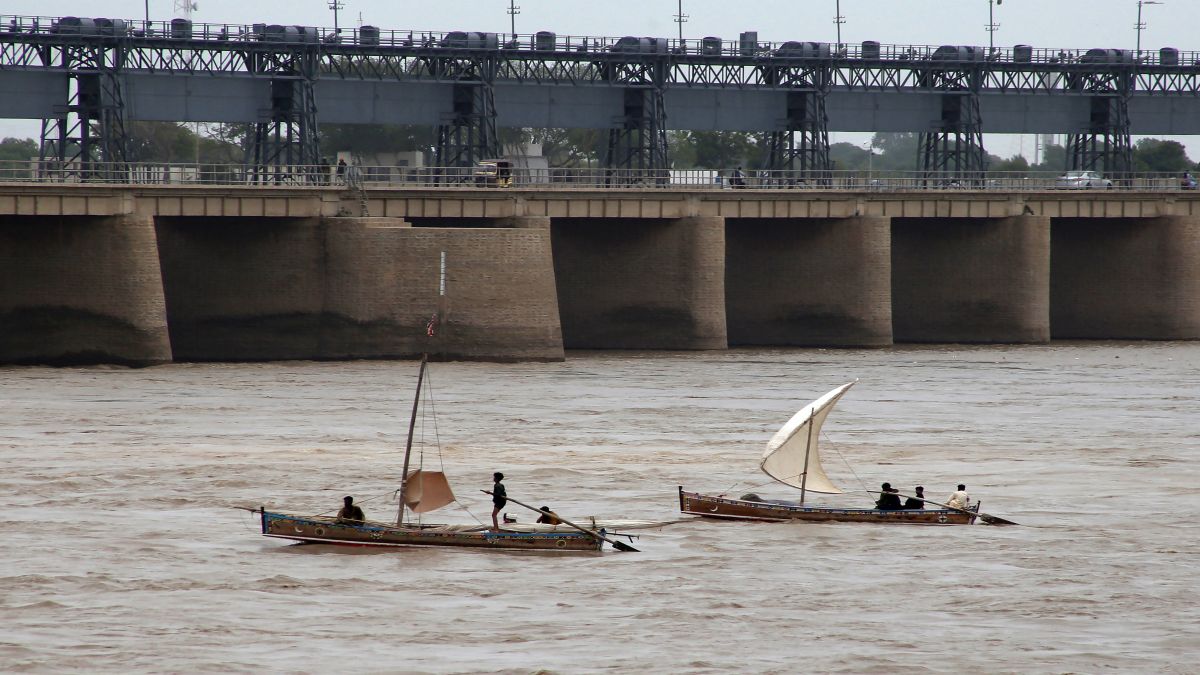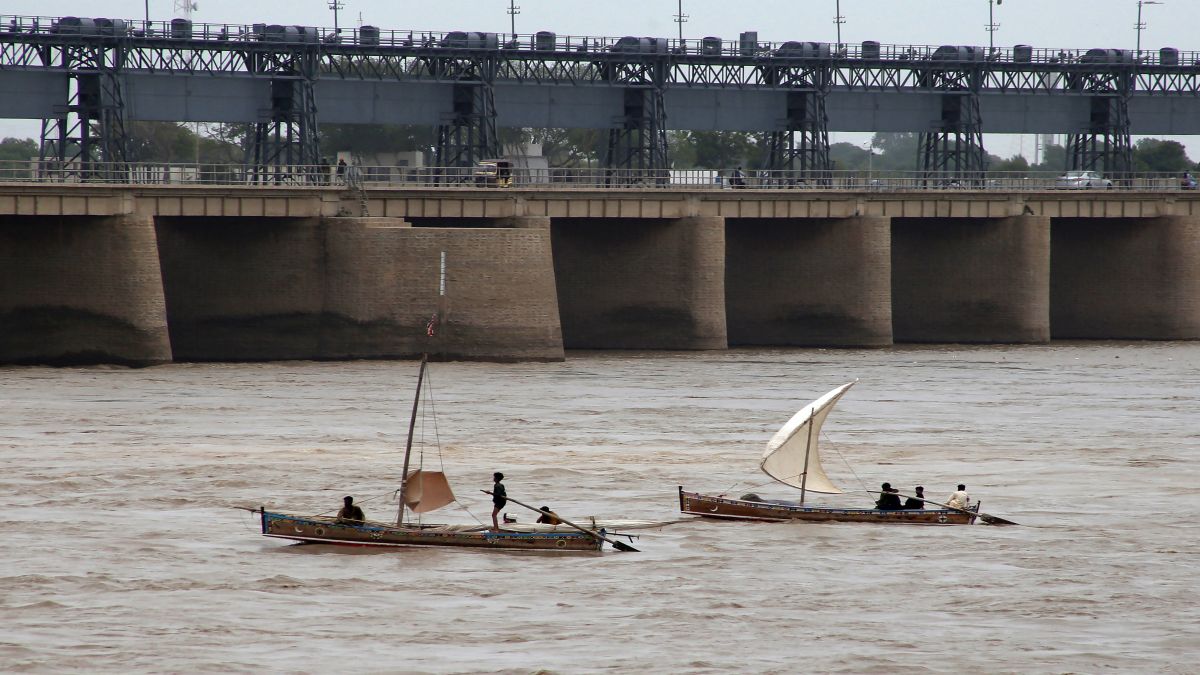On the western coast of Japan, thousands of people who were forced homeless overnight are now living in exhaustion and anxiety, one week after a strong earthquake left dozens missing and at least 161 dead. Thousands of soldiers, firemen, and police have been involved in the rescue operation since the magnitude 7.6 earthquake on New Year’s Day. On Monday, they searched through fallen buildings in an attempt to discover survivors. Authorities in Ishikawa Prefecture, the epicentre of the earthquakes, issued a warning over the possibility of landslides around the Noto Peninsula. The snowstorm, which intensified over the weekend and persisted throughout the new week, increased the hazards. A tale of the earthquake was painted on the landscape by fluffy white, which included black, crumbling homes, ash-coloured city blocks, and cracked and gaping roadways. Of the deaths, 70 were in Wajima, 70 in Suzu 11 in Anamizu and the rest in smaller numbers spread among four towns. At least 103 people were still unaccounted for, 565 people were listed as injured, and 1,390 homes were destroyed or seriously damaged. A tsunami of several meters (feet) followed the initial major quake, adding to the damage. Aftershocks have continued daily. For the residents of Ishikawa, their work has barely started. Shuji Yoshiura, a fisherman, said he could not get his boats out to sea yet because the seabed was lifted by the quake. Wajima had featured a shopping street and seafood and traditional crafts that had drawn tourists. Much of the city was destroyed in the fires that broke out after the Jan. 1 quake. Kentaro Mitsumori, who runs a corner grocery shop, slept in his car with his wife to guard against looting. Their store still stands but has no lock, electricity or running water. Everything sold out in three days. But he plans to close his business. “Even if I manage to fix up the place, there just aren’t going to be enough customers. I don’t know how Wajima can survive,” he said. Nearly 30,000 people staying in schools, auditoriums and other evacuation centers worried about infections as cases of COVID-19 and other sicknesses popped up. In the shelters, people are still sleeping on cold floors, but after initial help provided only a piece of bread and a cup of water for each person a day, the arrival of aid is allowing some facilities to begin serving hot food cooked in huge pots. People were delighted by the temporary bathing facilities set up by soldiers, sitting in the hot water they had missed for days. Still, exhaustion and stress are wearing people down. Many are in mourning. The main quake struck on New Year’s Day, a time for families to gather in Japan. Some survivors said they were all alone now. Mizue Kaba, 79, was lucky she survived, as did her daughter, son-in-law and grandson, who were visiting on New Year’s from Osaka in central Japan. Kaba is sleeping at a school, and no one is sure what might happen when schools open in a week after the New Year’s break. Three stoves had strained to heat the school’s big hall, but the arrival of more heaters has the shelter’s inhabitants hopeful it will warm up. “It’s so cold,” Kaba said.
Authorities in Ishikawa Prefecture, the epicentre of the earthquakes, issued a warning over the possibility of landslides around the Noto Peninsula. The snowstorm, which intensified over the weekend and persisted throughout the new week, increased the hazards
Advertisement
End of Article


)
)
)
)
)
)
)
)
)



